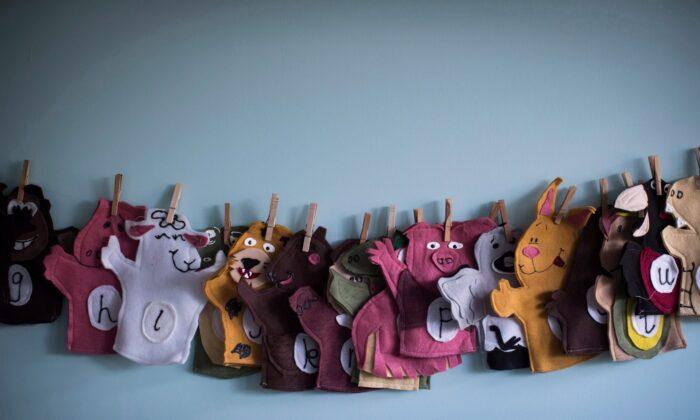The national $10-a-day child care program favours some care providers over others, effectively discriminating against some families and their choices, says the think tank Cardus.
But in Ontario, only government-licensed daycares are eligible. And in Alberta, the restrictions have sidelined many for-profit daycares.
Cardus said in its brief that the government should ensure the $8,000–$9,000 “follows the child, not spaces.”
“Given the diverse forms of care that parents are already choosing, the most equitable approach the government can take is to fund families directly,” Cardus said.
“The majority of children in the province do not benefit from the agreement,” Cardus said of the situation in Alberta.
Chinenye Anokwuru, spokesperson for Alberta’s Children’s Services, told The Epoch Times via email: “Alberta is committed to increasing access to an affordable, inclusive, quality child care system that works for all families. We support parental choice when it comes to selecting the child care provider that best works for their families.”
She said the government is working to have more centres, and a diverse selection of centres, come into the program, but did not address the question of other care methods.
Unlicensed and For-profit Care Providers Struggle
CCPRN says Ontario’s licensed child care sector currently only has capacity for 24 percent of the children in the province. Although the program includes the creation of more licensed spaces, it will take time for capacity to meet demand—which is expected to grow more due to the subsidy.“Ontario parents rely on a variety of child care options to meet their needs,” Burns said. “Independent home child care providers have responded to these unique needs by offering consistent, flexible, high quality child care programs while contributing to Ontario’s economy as small business owners. This plan leaves thousands of Ontario families at a huge disadvantage and supports one group of women at the expense of another.”
The Ontario education ministry, which is responsible for the province’s rollout of the program, did not respond to The Epoch Times inquiry as of publication.
In Alberta, the program has included non-profit and existing for-profit centres, but new or expanded for-profits have been excluded. All for-profits will be included, however, pending a new framework it is developing with the federal government. The framework was supposed to be ready by the end of 2022 and has now been delayed until April.
Child Service’s Anokwuru said, “We are working hard on a framework that includes the equitable inclusion of private child care operators, which represent the majority of our child care spaces in Alberta’s mixed-market system. The Alberta government remains fully committed to increase the affordability and availability of child care for Alberta families. We will be sharing more information on the cost control framework soon.”
Women in the Workforce
The federal government’s stated purpose for the program is to help parents, particularly women, return to the workforce more quickly. “Studies show that for every dollar invested in early childhood education, the broader economy receives between $1.50 and $2.80 in return,” the government says in its description of the program.Cardus and some others, however, say parental care in the early years of a child’s life should not be discouraged if it’s the family’s preference.
She advocates for compensation of parents or other caregivers as well. “Caring isn’t just making snacks and changing diapers. It’s immersion in your culture, values and religion,” Woolley said. She said women should have the opportunity not only to go to work, but also “to experience the spiritual transformation that comes with slowing down and actively loving the people in your care.”
Cardus says the definition of “child care” should not exclude parental care. “Centres, public or private, not-for-profit or for-profit, home-based care, faith-based care, nannies, parents, and extended family: it’s all care, and the government does not prioritize one type over another; parents and families do.”





